Researchers at the University of Richmond in the US taught a group of 17 rats how to drive little plastic cars, in exchange for bits of cereal. For decades, rodents have been used to conduct various experiments. And it has been observed that they can learn to recognize objects, press bars, and find their way around mazes.
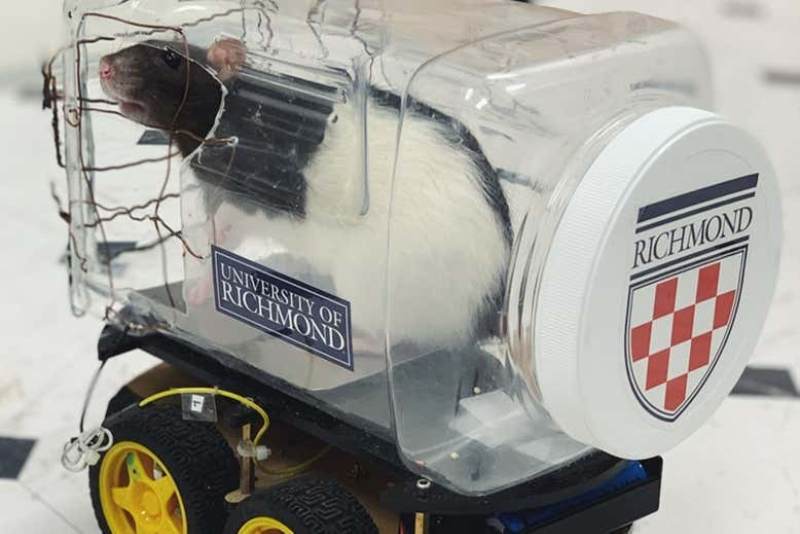
“These tests are often used to study how brain conditions affect cognitive function, but they only capture a narrow window of animal cognition,” says Kelly Lambert at the University of Richmond in Virginia.
So the team, led by Professor Kelly Lambert, came up this time with something a little more involved than navigating a maze: driving.
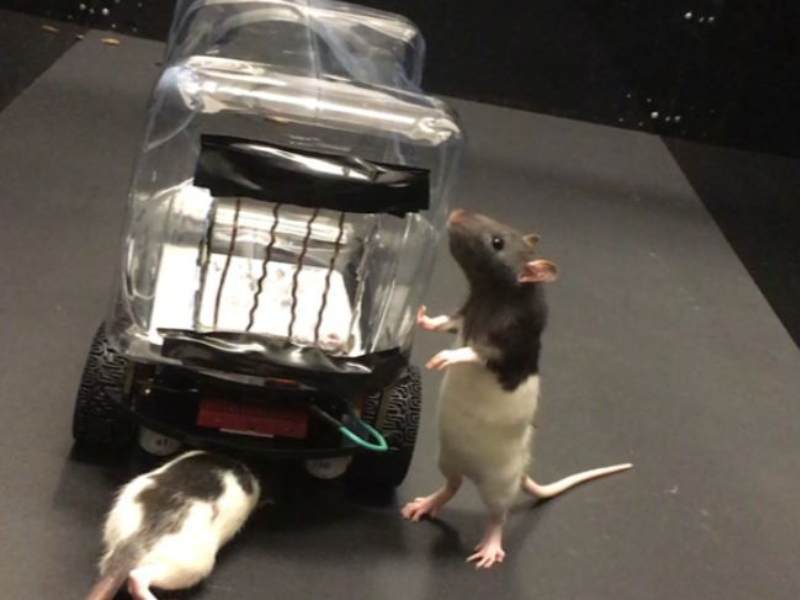
Dr Lambert and her colleagues built a tiny electric car by attaching a clear plastic jar to an aluminium plate, fitted to a set of wheels.
A copper wire was then threaded horizontally across the jar – the cab of the car – to form three bars, left, right, and center.
So, how did they learn how to drive?
To drive the car, a rat would have to sit on the aluminum plate and touch the copper wire. It completed the circuit and thus, the animal could select the direction in which they wanted to travel.
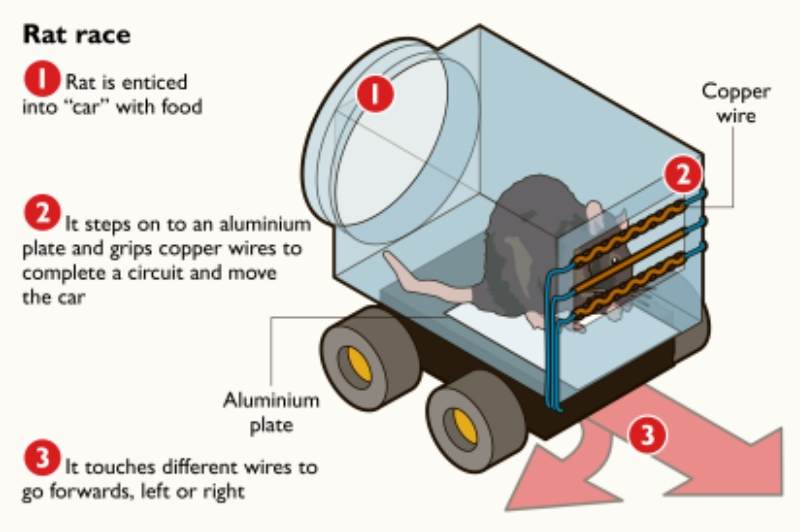
They’d hold down on the bar until they propelled their tiny car to the end of their enclosure, where they collected their reward: Froot Loops.
It did take months of training but not only did they learn to move in the rat-mobile but also how to change direction, researchers wrote in the journal Behavioural Brain Research.
But, that wasn’t what scientists are talking about. The real feat is in rat poop.
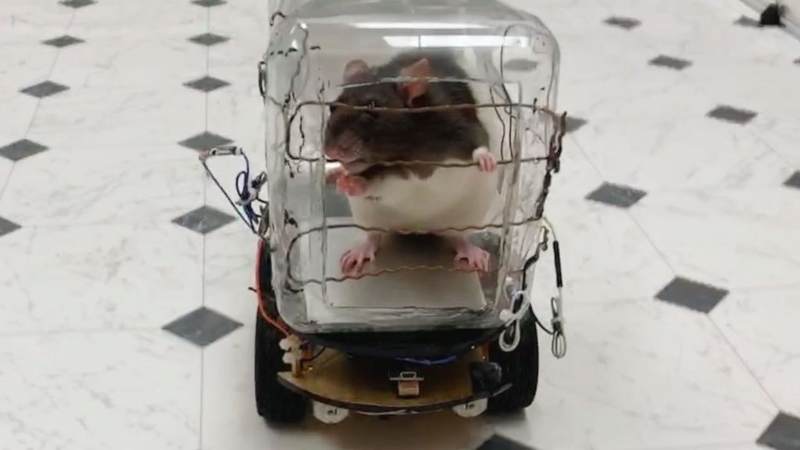
But the real discovery in the study was found in their poop, per new findings published in Behavioural Brain Research.
In the experiment, they let eleven rats live together in a large cage with multiple surface levels and objects to play with, and the other six stayed together in pairs in standard laboratory rat cages.
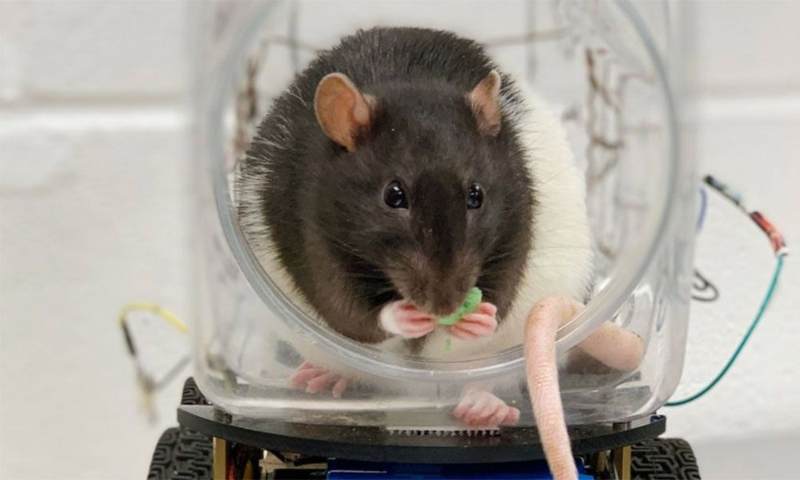
So, what happened next? What did the scientists find?
Both groups of rats learned to drive the car but the ones that lived in the enriched environment were quicker to start driving. In fact, they continued to be more interested in driving even when there was no reward.
They were significantly better drivers than the lab rats.
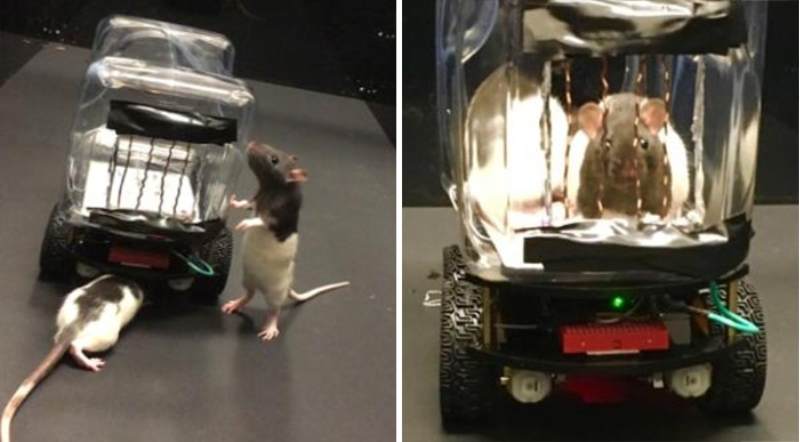
So, when the researchers collected the rats’ feces they found out that learning to drive seemed to relax the rats.
The researchers assessed this by measuring levels of two hormones: corticosterone, a marker of stress, and dehydroepiandrosterone, which counteracts stress. The ratio of dehydroepiandrosterone to corticosterone in the rats’ feces increased over the course of their driving training.
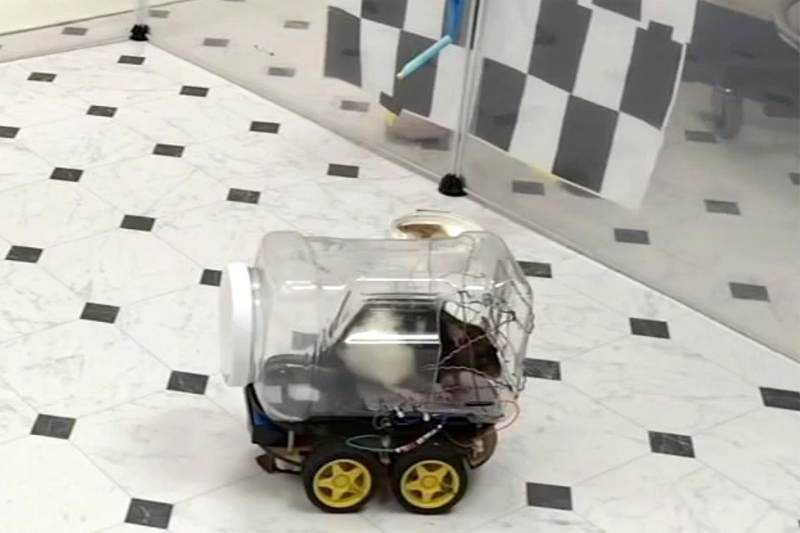
So, what does it mean?
The brains of humans and rats share nearly all of the same areas and neurochemicals — they’re just smaller in rodents. And though humans are certainly more complex than rats, Lambert said there are “universal truths” in how both species’ brains interact within their environment to maintain optimal mental health.
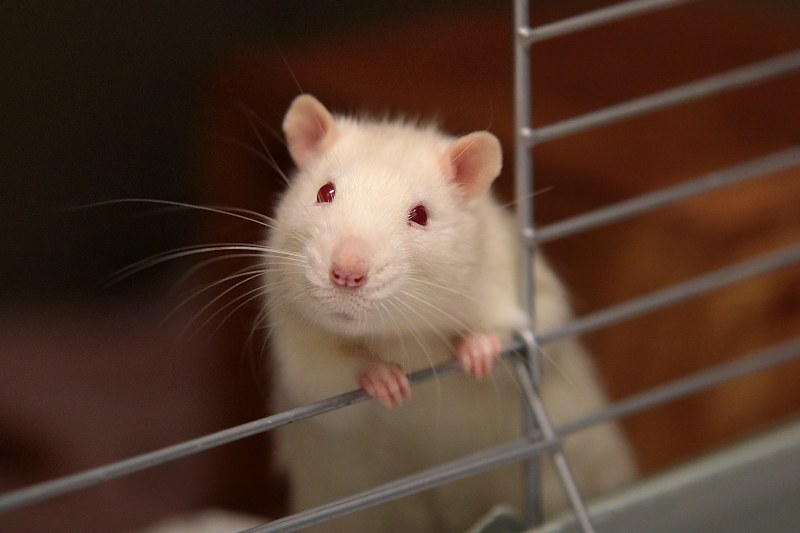
This finding echoes Lambert’s previous work showing that rats become less stressed after they master difficult tasks like digging up buried food. They may get the same kind of satisfaction as we get when we perfect a new skill, she says. “In humans, we call this self-efficacy or agency.”
Dr. Lambert told the AFP news agency that the findings could prove useful for future research into treatments for different psychiatric conditions.

“There’s no cure for schizophrenia or depression, and we need to catch up,” she said.
“I think we need to look at different animal models and different types of tasks and really respect that behavior can change our neurochemistry.”
Image credits: University of Richmond, AFP
Watch the video here –
What are your thoughts?
Also read: Meet This Ohio Judge Who Gives ‘Creative Sentences’ To Animal Abusers



